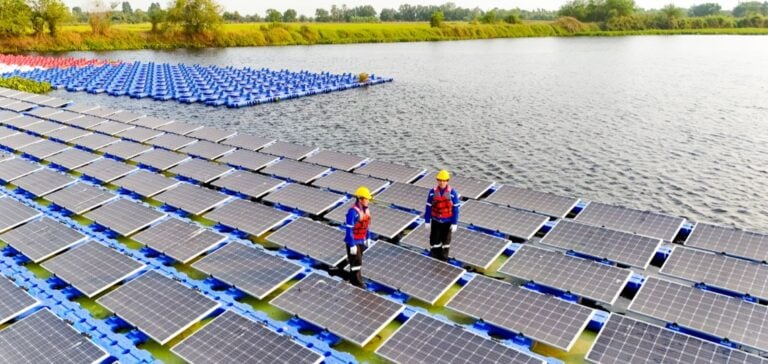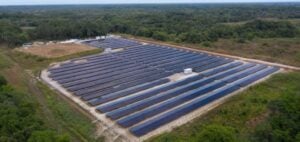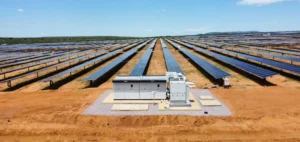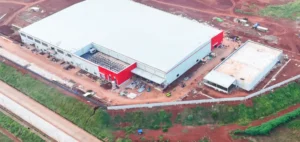The floating solar panel market is experiencing strong growth, with an average annual increase estimated at over 26% through 2030. Its value is expected to rise from $1.06bn in 2025 to $3.39bn five years later. This momentum is driven by land saturation in densely populated areas and the search for energy solutions aligned with carbon neutrality targets.
Asia-Pacific region leads deployment
Asia-Pacific countries currently account for most installations, particularly through the integration of solar panels on existing hydropower reservoirs. This strategy helps bypass land acquisition constraints while leveraging existing infrastructure. Stationary platform models dominate the market, although marine-based tracking systems are gaining interest due to their improved cost-efficiency.
Singapore, Japan and parts of China have already exhausted their available land for renewable energy. Local authorities have thus relaxed licensing conditions for floating solar projects. This type of installation accelerates development timelines while avoiding land-use conflicts, particularly with agriculture.
Energy optimisation and water savings
Direct water contact improves the efficiency of floating solar panels by lowering their operating temperature compared to ground-based systems. This feature boosts electricity generation while also reducing evaporation from water bodies. In arid regions, this dual energy and water-saving function strengthens the financial viability of projects, despite higher upfront costs than conventional installations.
Regulatory progress in Europe and North America
Recent initiatives in Europe, particularly in Spain, facilitate the use of public reservoirs for solar installations. A reform introduced in 2024 allows up to 15% of certain water surfaces to be used, with accelerated permitting procedures. This approach is especially valued for its compatibility with existing hydroelectric infrastructure.
In Germany, the lifting of surface restrictions has unlocked new development opportunities. In Italy and France, floating solar projects are being adapted to a variety of environments, increasing sector resilience. At the same time, guaranteed tariffs linked to decarbonisation goals are attracting institutional investors to large-scale floating solar projects.






















